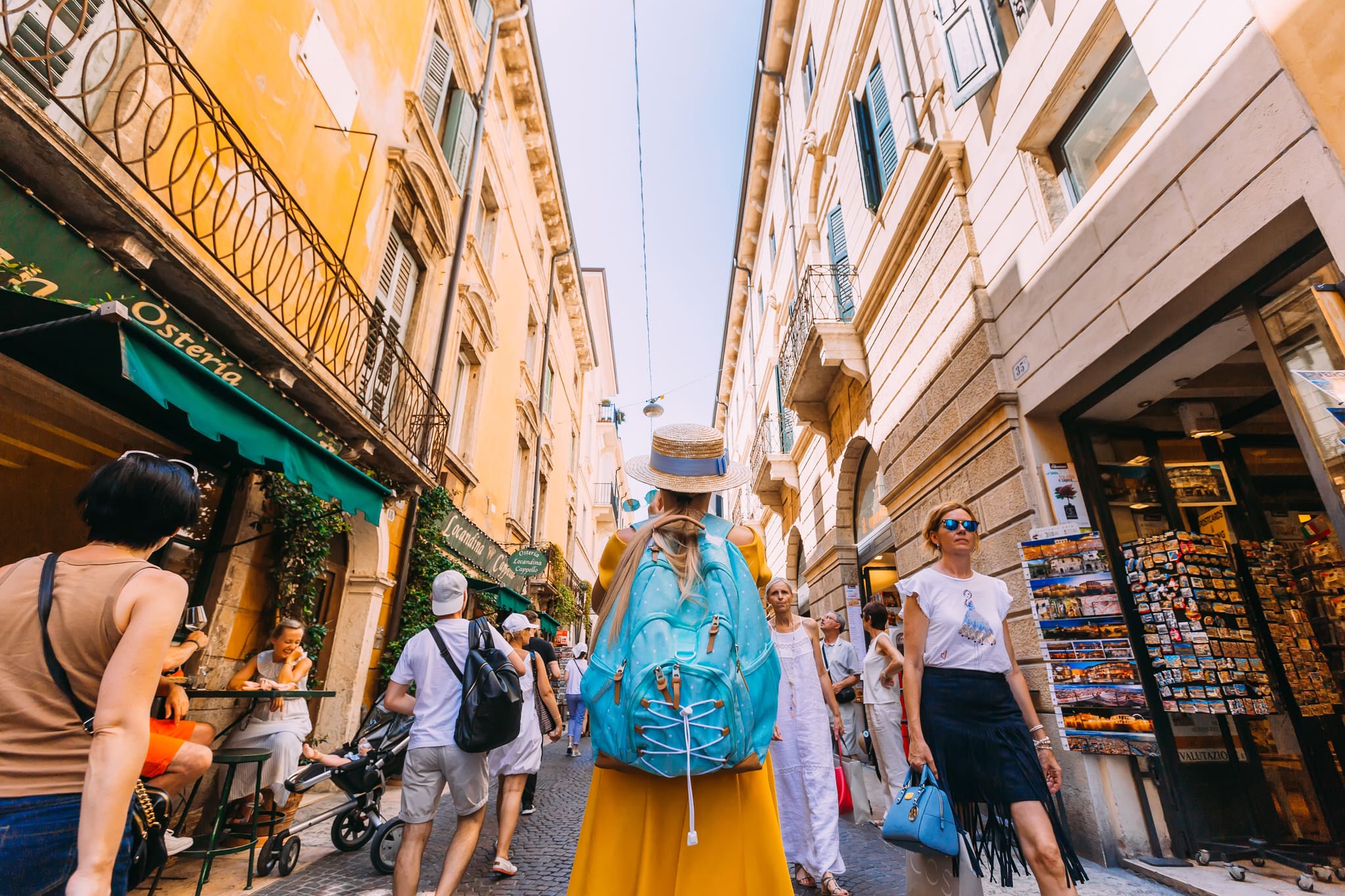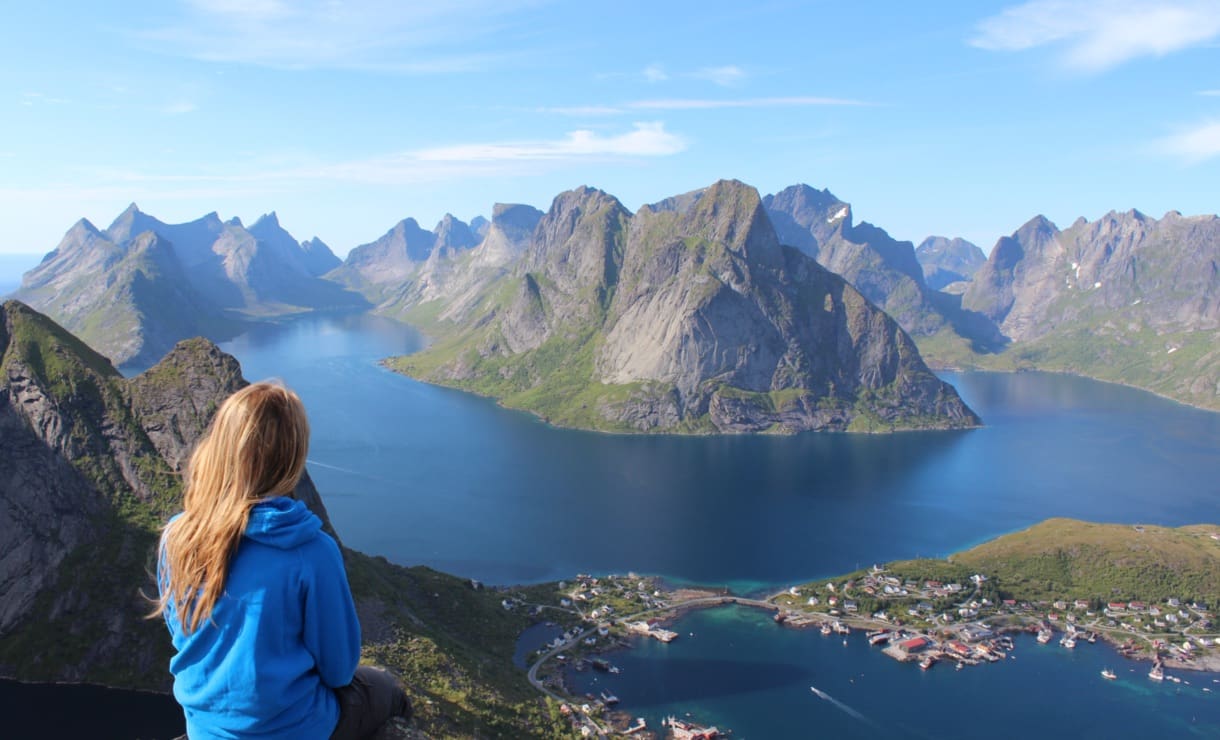— Month 7, Zimbabwe, a few days before flying out —
Team Gener8 and The Fellowship are gathered in our contacts’ living room. We have group feedback, which has pretty much turned into compliment-each-other-and-love-everyone time, and we transition into information that we all have to know for Malaysia. There’s a bunch of information from a YWAM base that we review. The Fellowship has been told not to wear anything that would identify them as Christians. They’re not even supposed to worship very loudly in their home because the neighbors could hear and get suspicious. We haven’t heard anything like that from our ministry. I mean… it’s called St. Nicholas’ Home. SAINT NICHOLAS. They must have something to do with Christianity. Then there’s the warning about immigration and customs. Lie, don’t die. How intense is this going to be?? How underground are we going to have to be??
— Month 8, Malaysia, our introduction to St. Nicholas’ Home —
We find out that St. Nicholas’ Home is indeed affiliated with the Anglican Diocese here in West Malaysia. There are weekly chapel services that we’ll be participating in. But part of SNH’s mission is to reach all blind and visually impaired people regardless of race and creed, and that is reflected not only in the residents and trainees but also in the makeup of the staff. Christians, Muslims, and Hindus are among the many people involved at St. Nicholas’ Home and from what I can see, everyone is working together in harmony towards a common goal.
— Month 8, Malaysia, Good Friday in George Town —
The girls of Team Gener8 are going to explore Little India. We get our driver to drop us off at the Anglican church, but there’s no way we’re sitting through their three-hour service (whoops). We wander through the streets with plumeria flowers behind our ears, stopping in little shops to peek at colorful punjabi tops and flower necklaces. Somehow we end up at the big mosque.
Taking off our shoes, we enter the mosque and look around, trying to be respectful and follow the rules posted at the front gate. We pick up a bunch of brochures and pamphlets about Islam because we barely know anything about Islam and we want to understand more. We walk out of the mosque and head over to the tower to discover a young man willing to share about his faith and engage in a conversation with us.
He hands us each one of those disposable cups of water with the seal on top and we all take a seat. His name is Nabil, and he tells us part of his story. Growing up without being particularly involved in any religion, he eventually became a Christian. From his perspective, many Christians don’t follow what they claim to believe, so he explored other religions and chose to follow Islam, as many Muslims are more dedicated to following the rules laid out for them. He’s incredibly patient with us, answering all our questions with grace and gentleness as we try to phrase them in the least ignorant manner possible. There is no sense of pride, of my faith is better than yours and this is why or of let’s try to convert these people — things I’m scared that we as Christians often unconsciously portray. He only exudes humility, honesty, and a genuine desire to share with us what he believes and why. When we scoot our chairs back to leave, he makes sure that we have some literature to take with us and he gives us his contact information. We promise to come back after we’ve learned some more about Islam; later that evening, we talk about how hospitable and gracious he was and we compare his faith walk to our own. Our conversation was so intriguing and I learned so much from it. I wish we had more opportunities like that in the States to share about what we believe and how we live without feeling like we’re being intrusive or offensive. I guess that’s where trust and true friendship comes in.
— Month 8, Malaysia, Easter Sunday —
Most of Team Gener8 walks to the international church not far from St. Nicholas’ Home. We talk a bit with the pastor there, and we are excited about how it seems like people from different religions work together and live in harmony, although they have different beliefs and traditions. Nobody seems to agree with us, though; it seems like everyone wants to debunk that (somewhat idealistic) perception we have of Malaysian culture. Our experience at the mosque is still fresh in our heads, though, and we’re still excited about what this country and culture holds for us.
— Month 8, Malaysia, a week later —
After meeting up with some people from H Squad, my teammate Frank and I visit Kek Lok Si, the largest Buddhist temple complex in Southeast Asia. Even though a lot of the complex seems to be a shopping mall full of souvenirs and I think of Jesus flipping tables in the temple, we find ourselves intrigued by the architecture and the sculptures and, well, everything. As we walk further into the complex and climb up into the pagoda, we can’t help but wonder what the significance of it all is. We grab some brochures and comb through them; we even ask in one of the shops for some information; but everything is in a language we can’t understand except for a book on how to live your life and some Buddhist proverbs. I stash the proverbs in my bag to add to what Nabil gave us at the mosque.
— Month 8, Malaysia, two weeks later —
Six of us make our way to the bottom of the 513 steps going up to the Hindu Hilltop Waterfall Temple that we’ve seen since our first days in Penang. It’s only 8:30 AM and we’re already sweating. We leave our shoes at the bottom because everyone else is doing it (although it appears now that we didn’t have to because we’re not Hindu) and start padding up the steps in silence.
Once we reach the top, I take some time to look out at the view — I can see the high rises of Gurney Drive, the ocean, and the hills of the mainland in the distance. It’s silent except for us and the monkeys up there, and I have a thing for being up high. The view and the quiet and the height somehow connect me to God (which is ironic, considering I’m standing right outside a Hindu temple). Someday I’d like to go to church on top of a mountain.
Inside the temple, there are people scattered about sitting on the floor and some in line waiting for sandalwood paste to be brushed on their foreheads. Some of my teammates and I walk up to a priest and ask what the significance of the ritual is. When you’re genuinely curious and just want to understand someone’s beliefs or traditions, sometimes it’s good to just step out of your comfort zone, humble yourself, and ask why or what or how without malice or pride. I tend to worry about feeling ignorant or offending others. I’ve found that people are often more than willing to share about what they believe — I just have to ask the first question, and that’s usually the hardest part.
After stumbling down the steps back to street level, we find ourselves at a Tamil New Year celebration. Warmly welcomed yet again, we are given that same disposable cup of water with the seal on top and take seats, this time to watch some music and dance performances. Because we’re part of an audience this time, we don’t have the same opportunity for conversation that we had at the mosque, but we experience a similar hospitality and excitement to share their culture with us.
— What I’ve experienced so far —
Our experience in Malaysia has been so different from most of J Squad’s experience (at least according to what we’ve seen on Facebook and Instagram). From what we’ve seen here in Penang, it isn’t really a “dark place”. The proportions of ethnicities and religions here on Penang are very skewed compared to the rest of Malaysia. Although other religions may have the majority here, there also seems to be a system of coexistence that may not necessarily be mirrored in the rest of the country. The people we’ve come across have been extremely hospitable and eager to share their culture with us, whether it’s their religious beliefs, their food, or their arts.
As World Racers, we’re always seeking out opportunities to learn about other cultures — and not just to see pretty things and eat tasty food, but to engage in conversations with people and try to understand how they live their lives and why they do what they do. This trip has taught me so much about serving and teaching in ministry, but I think it has taught me even more about asking, listening, and learning. Maybe loving has just as much to do with receiving what’s offered to you as it does with giving.








